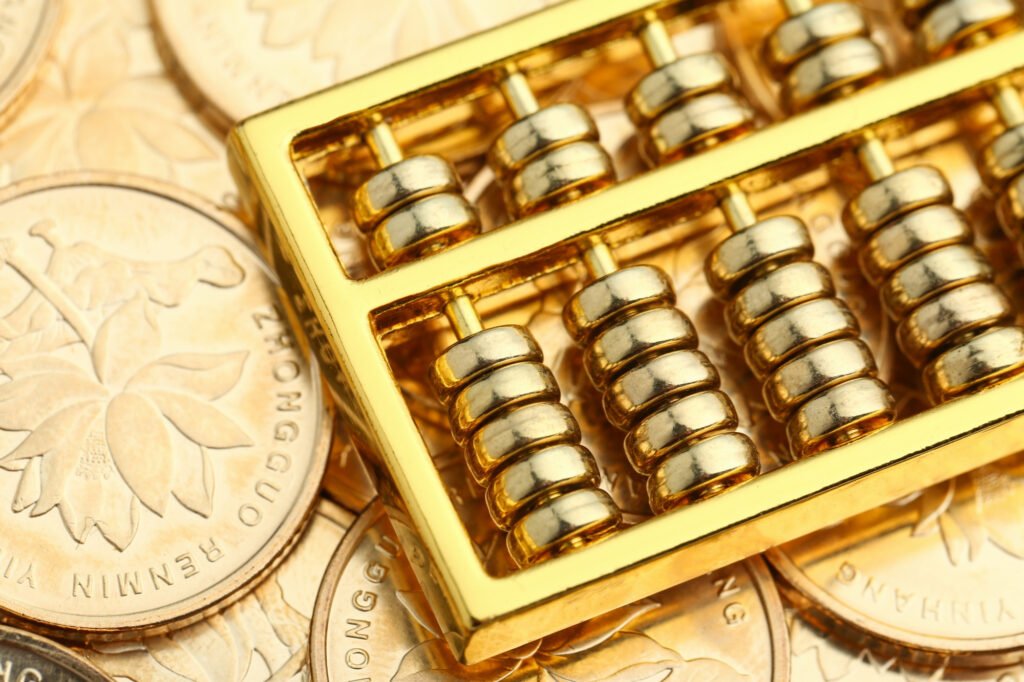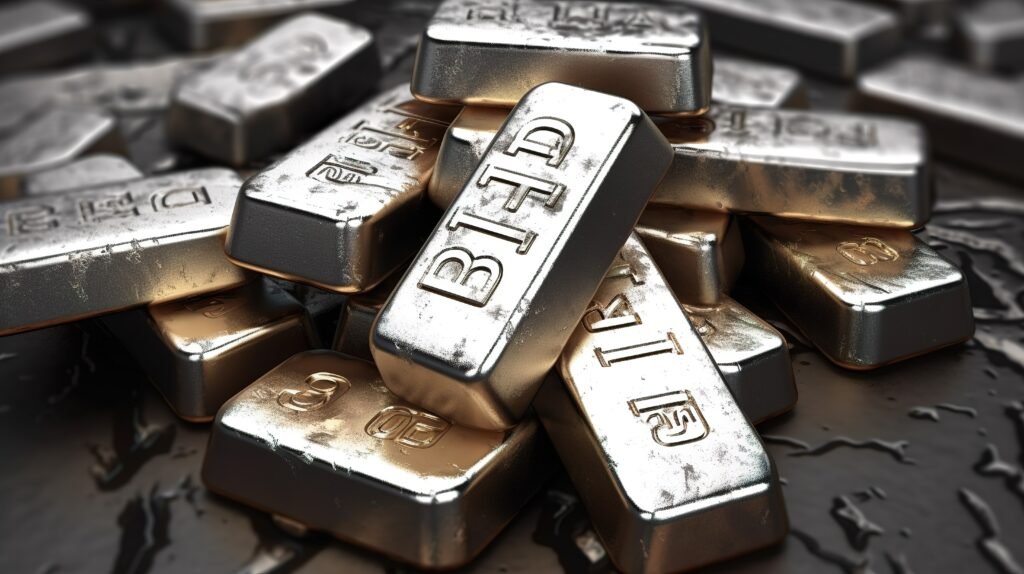

Physical bullion refers to precious metals, such as gold, silver, platinum, and palladium, that are held in their tangible form as bars, coins, or other forms of ingots. Unlike paper-based investments, physical bullion provides investors with direct ownership of the metal itself, offering a range of benefits and opportunities for wealth preservation and portfolio diversification.
Investing in physical bullion is straightforward:
Buy bullion from reputable dealers or mints.
Choose secure storage options, such as allocated vaults or safes.
Regularly review and manage your holdings based on market conditions and investment goals.
Explore the benefits of physical bullion with Molten Gold Trading. Contact us today to learn more about our range of products and secure storage solutions tailored to your investment needs. Start safeguarding your financial future with physical bullion today.

When you invest in physical bullion, you own the actual metal itself, not just a paper representation. This eliminates counterparty risks associated with paper investments.
Physical bullion can be traded at any time of the day, providing high liquidity and flexibility in buying and selling. This makes it easier to respond to market conditions compared to paper-based investments.
Holding physical bullion in allocated storage ensures that your investment is securely stored and not leveraged or rehypothecated by financial institutions. This transparency protects your asset from external risks.
Historically, physical bullion, especially gold, has preserved wealth over the long term. It serves as a hedge against inflation and economic instability, maintaining its value during times of market volatility.
By holding physical bullion, you have full control over your investment decisions, including storage options and strategic timing for buying or selling.
Physical bullion prices reflect actual supply and demand dynamics in the market, rather than fluctuations driven by financial instruments. This provides a more stable and reliable investment vehicle.
Investments in paper or certificate-based gold often carry risks related to financial intermediaries and market fluctuations. Physical bullion ownership minimizes these risks by directly holding the asset.

Over centuries, gold has consistently maintained its purchasing power, making it a trusted hedge against inflation and currency depreciation.
Benefits:
Gold’s supply is not controlled by banks or governments. Its production involves complex and costly mining processes, ensuring that it cannot be manipulated like fiat currencies.
Benefits:
While gold prices can experience short-term volatility, its enduring value and potential for long-term gains have proven advantageous to investors.
Benefits:
Unlike fiat currencies that can be printed at will, the supply of gold grows moderately each year, constrained by natural factors and production costs.
Benefits:
Recognized as a major hedge against economic instability, gold continues to be favored by central banks and governments worldwide.
Benefits:

Silver has served as a form of currency for centuries, used globally in trade and commerce. Its historical role as money underscores its enduring value and widespread recognition.
Benefits:
Silver is considered undervalued relative to historical norms and its potential upside remains substantial. The fluctuating gold-to-silver ratio reflects shifts in supply and demand dynamics.
Benefits:
Silver’s industrial applications are vast, driven by its unique properties such as conductivity and corrosion resistance. It is crucial in sectors ranging from electronics to healthcare.
Benefits:
Silver’s mining supply is influenced by global demand across industries. While demand remains robust, challenges in production and refining constrain supply growth.
Benefits:
Silver’s dual role as an industrial metal and investment asset makes it a strategic diversification tool in portfolios. Its correlation with global economic trends enhances its appeal as a hedge against inflation and economic uncertainty.
Benefits:

During periods of economic uncertainty, platinum serves as a hedge due to its intrinsic monetary value. Despite its complex production process and relative scarcity, platinum is a valuable asset.
Benefits:
Unlike gold and silver, platinum deposits are rare and primarily located in Russia and South Africa. This scarcity enhances its value and makes it one of the most prized precious metals.
Benefits:
Platinum’s price can be volatile, influenced by political or economic conditions in the regions where it is mined. Despite this volatility, demand often outstrips supply due to its limited availability.
Benefits:
Platinum’s resistance to wear, tarnish, and chemical attacks makes it ideal for industrial applications, including jewelry manufacturing, automobile catalysts, and the petroleum industry.
Benefits:
Platinum is a strong indicator of inflation due to its correlation with gold and silver, combined with minimal price manipulation by governments. Its rising demand, coupled with limited productivity, underscores its potential as a leading indicator for currency devaluation.
Benefits:
By trading in precious metals, you help bolster local economies, providing jobs and fostering economic stability in mining regions around the world.

With a legacy of trust and excellence, wel specialize in the trading of high-quality gold bullion, catering to a diverse clientele ranging from individual investors to large institutions.